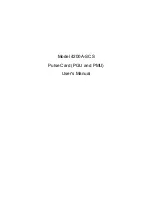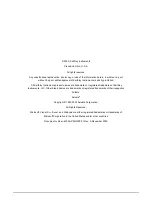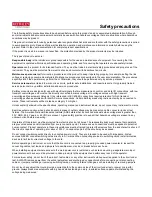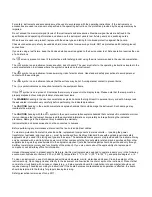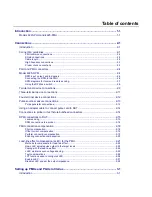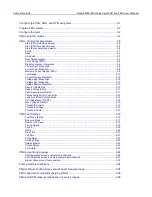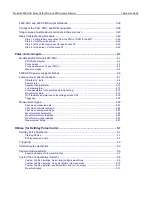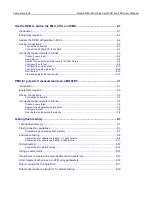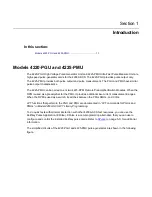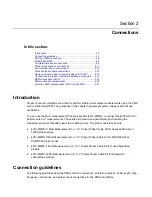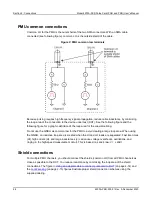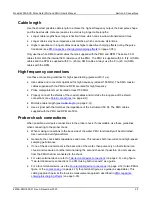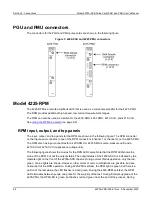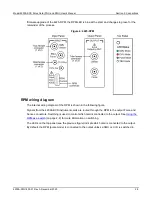Reviews:
No comments
Related manuals for 4200A-SCS

5412
Brand: National Instruments Pages: 48

TDP 1,2 Series
Brand: Hubner Pages: 54

FG085 Function Generator
Brand: JYE Tech Pages: 2

Storm Responder 5500
Brand: Briggs & Stratton Pages: 48

WGen2000
Brand: Westinghouse Pages: 36

WGen12000
Brand: Westinghouse Pages: 34

iGen1000s
Brand: Westinghouse Pages: 18

W03382
Brand: Firman Pages: 41

R-H07551
Brand: Firman Pages: 42

P03502
Brand: Firman Pages: 111

Tiptop Audio Eurorack 200 Series
Brand: Buchla Pages: 2

SMOKE GENERATOR
Brand: Coleman Pages: 2

GEN2300ES
Brand: GMC Pages: 24

YUKON 3500
Brand: GMC Pages: 32

Power-Mite 110
Brand: Fabco Pages: 19

S3290
Brand: Lantronix Pages: 2

RF MultiGen 0406-900-000
Brand: Stryker Pages: 57

NG-1 1150
Brand: Tyco Pages: 8


